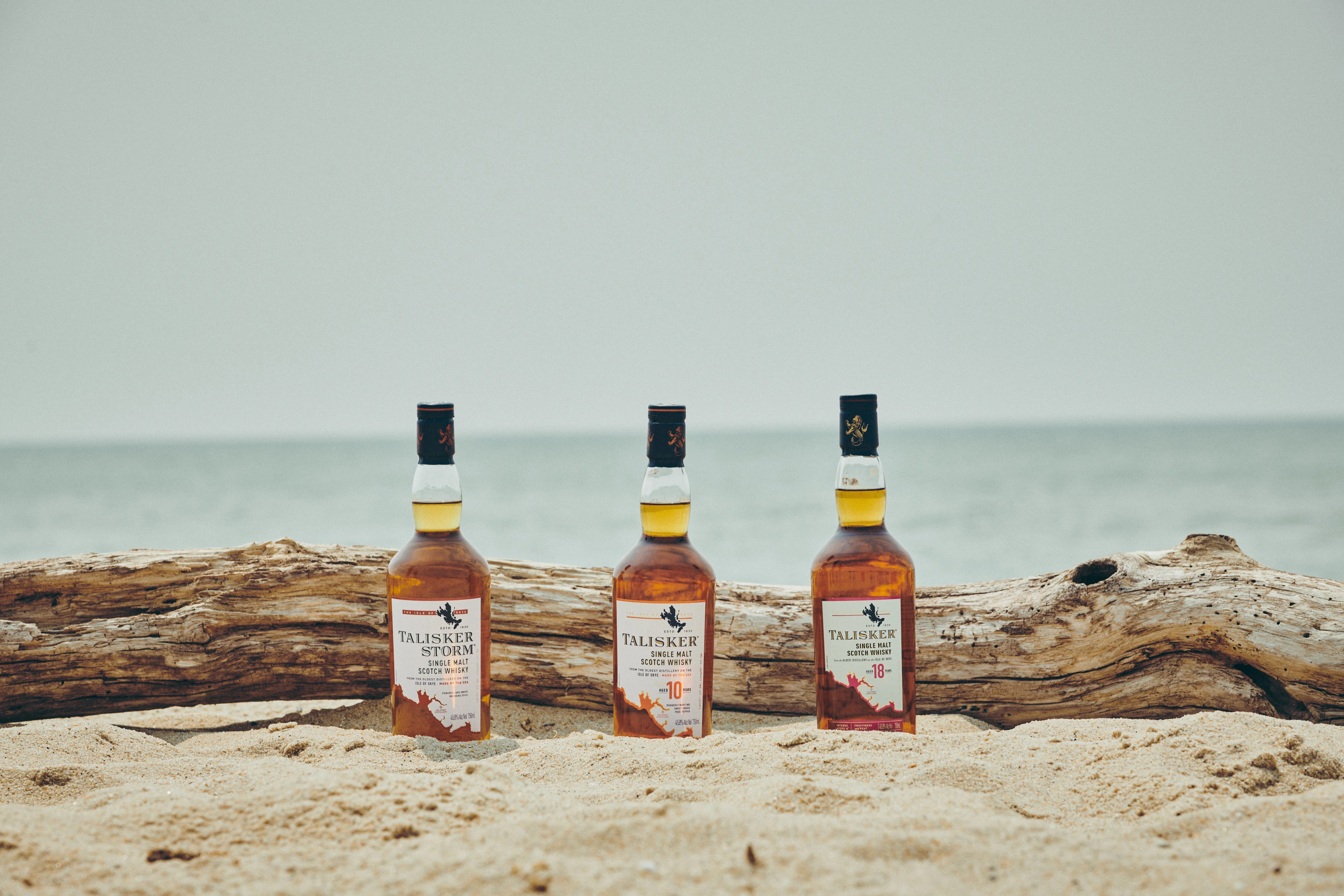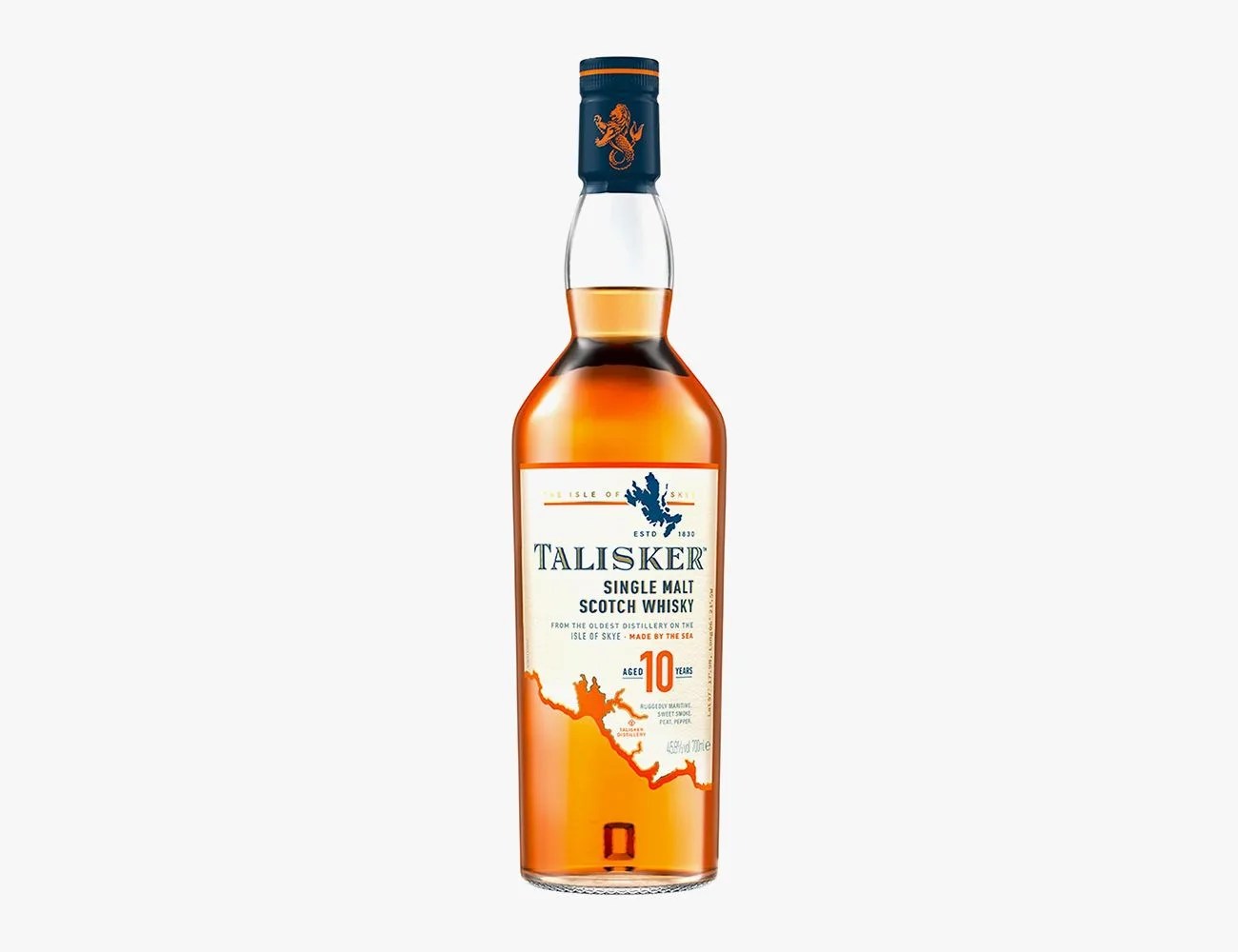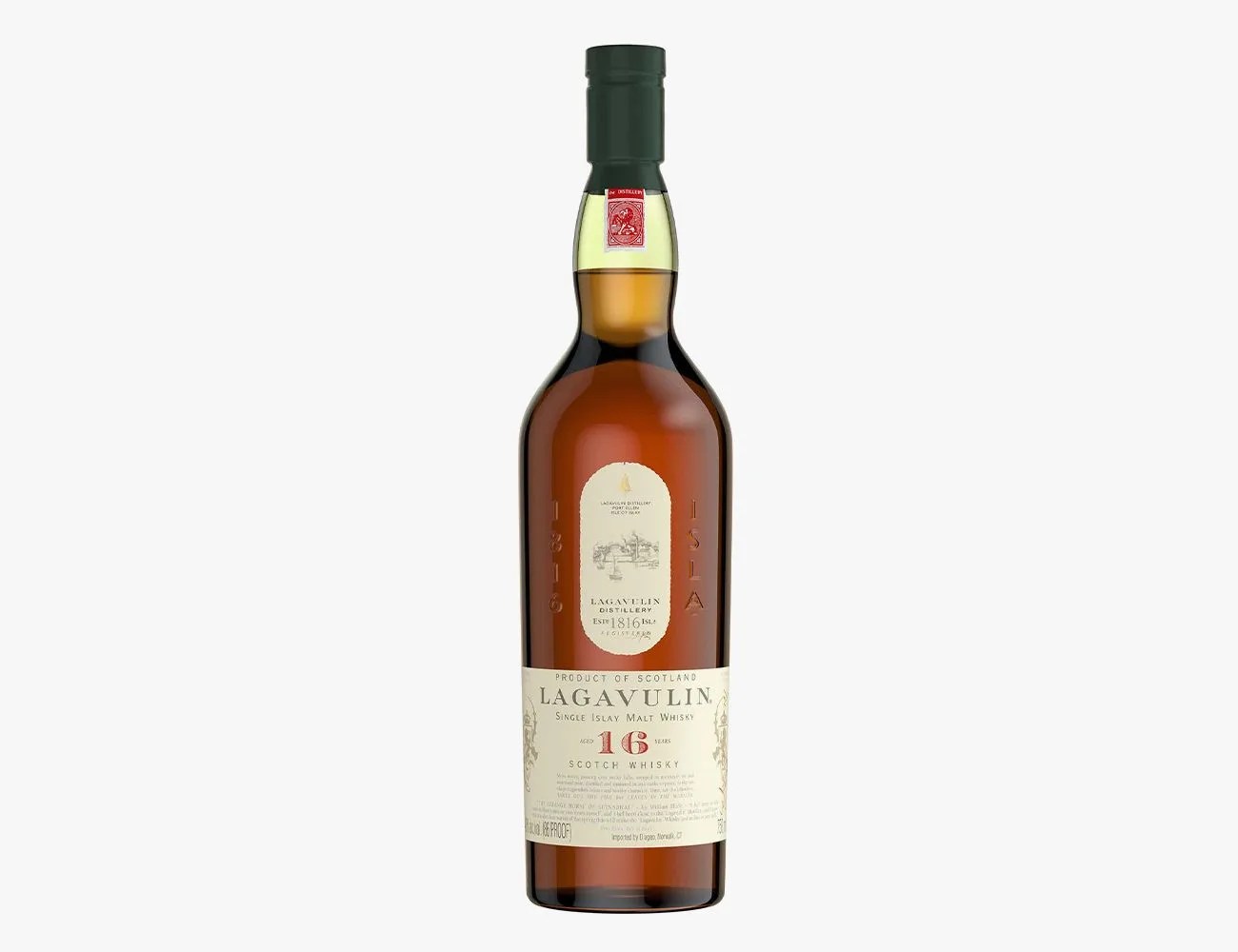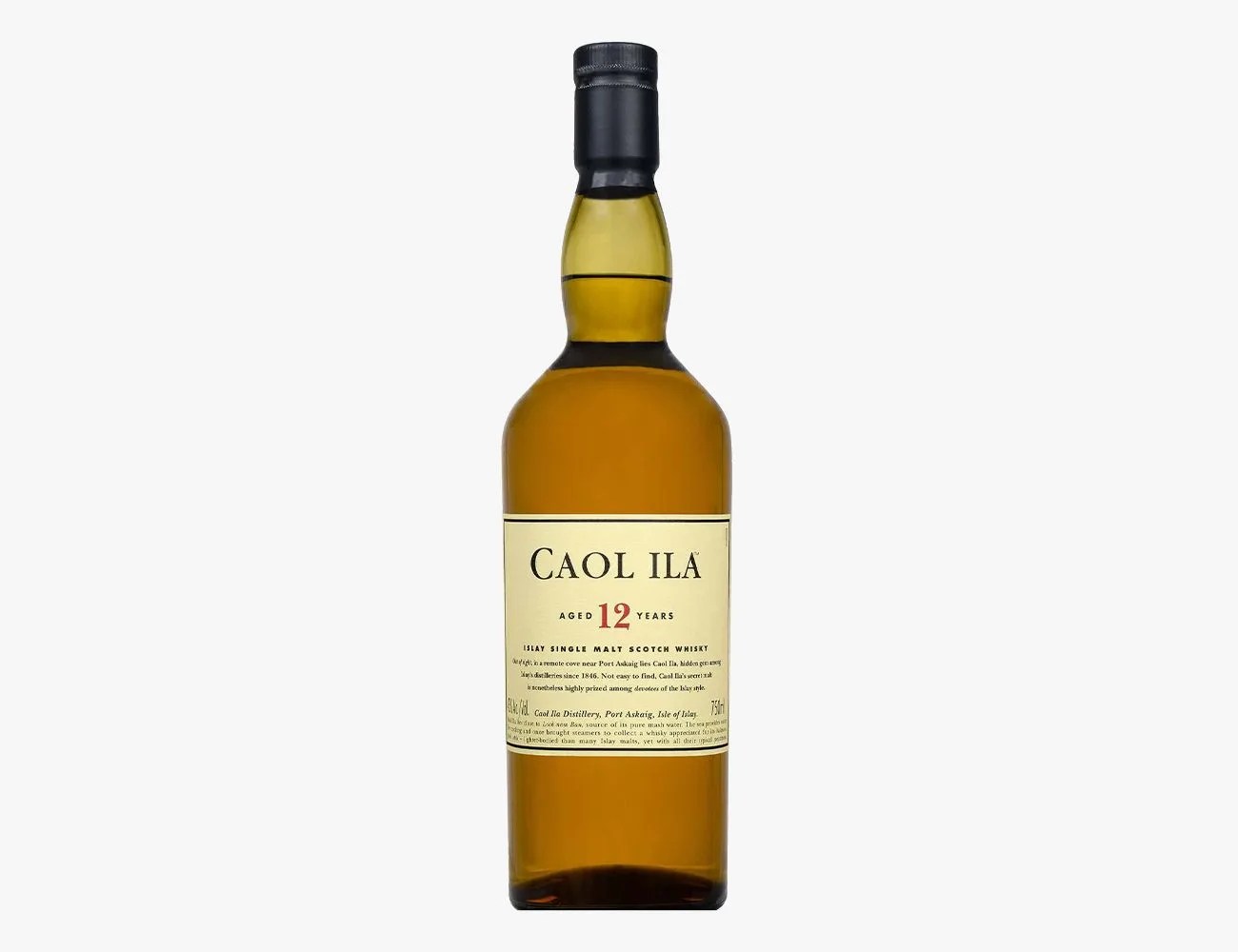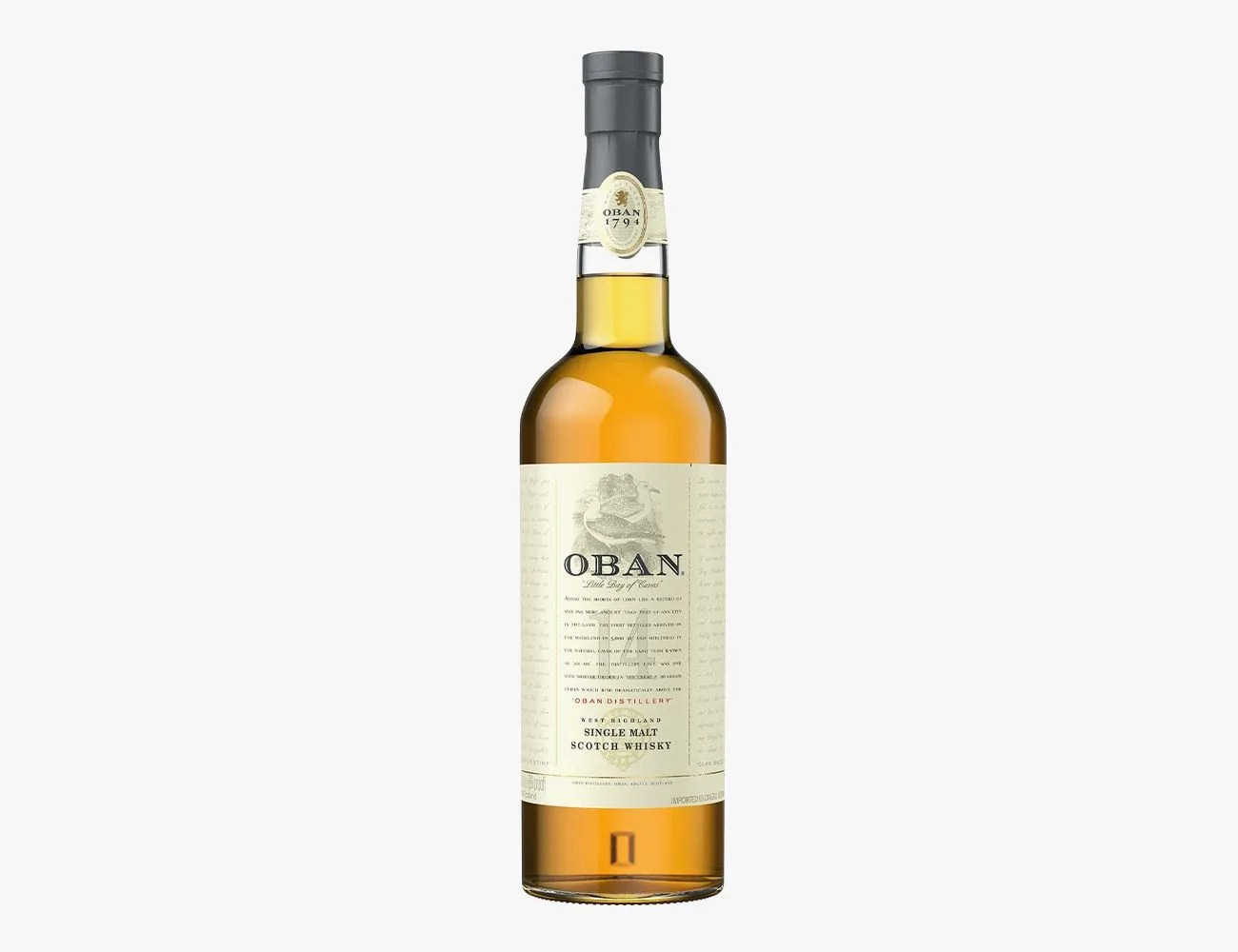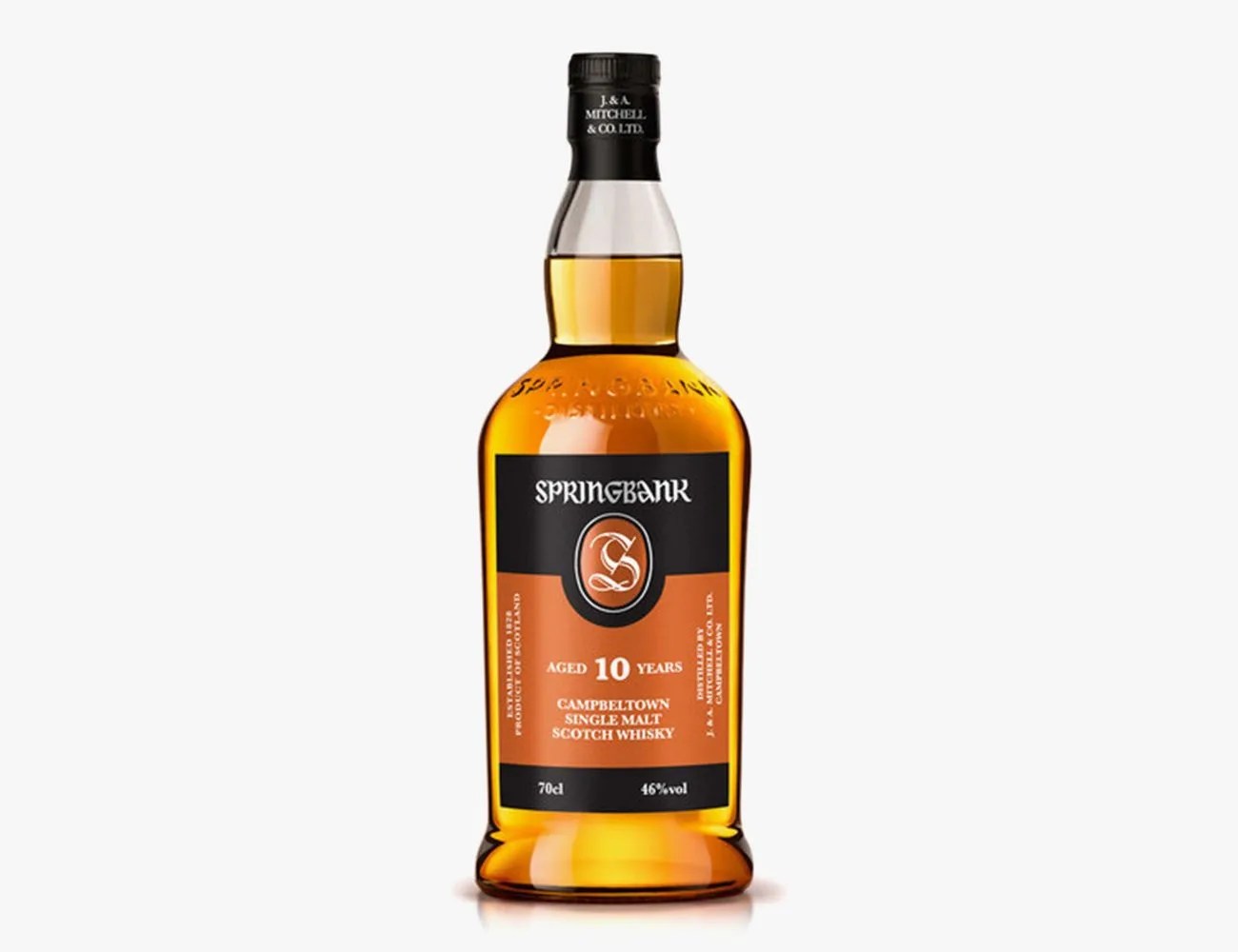The world of single malt Scotch is a vast one, filled with various flavors dictated (at least in part) by the regions in which they’re made. You’ve got your heavily-peated smoky whiskies from Islay, fruit-forward Speyside Scotches, light and earthy Lowland whiskies, and so on.
Then there are “maritime-style” whiskies. This type of Scotch, while not officially a category, is not confined to any one of Scotch whisky’s five official regions. Instead, it refers to whiskies produced near the ocean that take on a sort of briny, salty flavor from the sea. Perhaps the most emblematic of this type of spirit are those distilled by Talisker Whisky, which is produced on the Isle of Skye and technically classified as a Highland whisky.
After imbibing in my fair share of Talisker, I became curious as to how the brand — which markets itself with the slogan “Made by the Sea” — was able to so accurately capture its rocky, coastal environment in the bottle. So, to find out, I interviewed Ewan Morgan, Head of Whisky Outreach at Diageo, which has Talisker in its portfolio.
Three factors that make a maritime whisky
Environment: “Distilleries located near the sea are subject to the local climate, which can have a significant influence on the whisky’s maturation process,” Morgan says. “The sea air, often heavy with salt and iodine, can permeate the casks during maturation, impacting the whisky and lending it a maritime character.”
Water: “Distilleries often use local water sources in their whisky production,” Morgan says. “If these water sources have a high mineral content, or if they’re located near the coast and thus influenced by the sea, it can result in a whisky with maritime flavor.”
Peat: “If the peat used in the malting process has been in close proximity to the coast, it can impart a maritime, briny character to the whisky,” Morgan says. “This is often seen in island or coastal distilleries where the peat bogs are exposed to the ocean air.”



